
QUICK! What's the first thing that comes to your head when you think of fast food? Or on a hot day, what soda would you want in your hand?
If you thought of McDonald's for fast food and a Coca-Cola drink for soda, then you, my friend, have been a victim of brand awareness brainwashing (along with the rest of the world).
But wait! That's not necessarily a bad thing.
Or rather, this powerful marketing tool can be used for good. In particular, you and your business can harness its power to take over the world! reach more people, increase your audience, and eventually gain more customers!
So how do you use this mystical superpower?
Well, first off, you stop thinking about it as a mystical superpower and instead view it as both a tool and a goal in your marketing and advertising strategy. Second, you read this article all about what brand awareness is, why it's important, how it works, and how to use it in your own business. Third, you take over the world! start taking action to build brand awareness for your business.

First things first – what is brand awareness?
On a basic level, it's how aware your target audience is of your brand. Do people know your brand's name? What do they associate your brand's name with? If people know your brand's name, associate it with your industry, product, or service, and generally know your brand's style or values, that'd be pretty solid brand awareness.
Ideally, you want people to have good associations with your brand, but technically bad associations would still be brand awareness (though probably not the type you want to go for).
So why is brand awareness important?
Bottom line: The more people who know your brand, the more potential customers (and revenue) you'll get.
Think of it this way: You make approximately $0 off a target audience that doesn't know you exist.
The better brand awareness you have, the more likely you'll be to successfully close sales.
How does it do this? Here's a quick rundown of the biggest ways brand awareness can help your company.
Who would you trust more to buy something from – some random person on the internet or a good friend you've known for years? Probably the good friend, right? You know them and trust they won't rip you off or take your money and run.
The same thing goes for brands. According to a 2019 report from Edelman, 81% of consumers said trust is a deciding factor in their brand-buying decision. That's a whole lot of people who need to know and trust your brand before they become a customer.
If consumers already know about your brand and see your brand in a good light, that's a big step towards getting that trusting and loyal customer who comes back again and again.
In fact, it’s the very first step in walking potential customers through your marketing funnel.
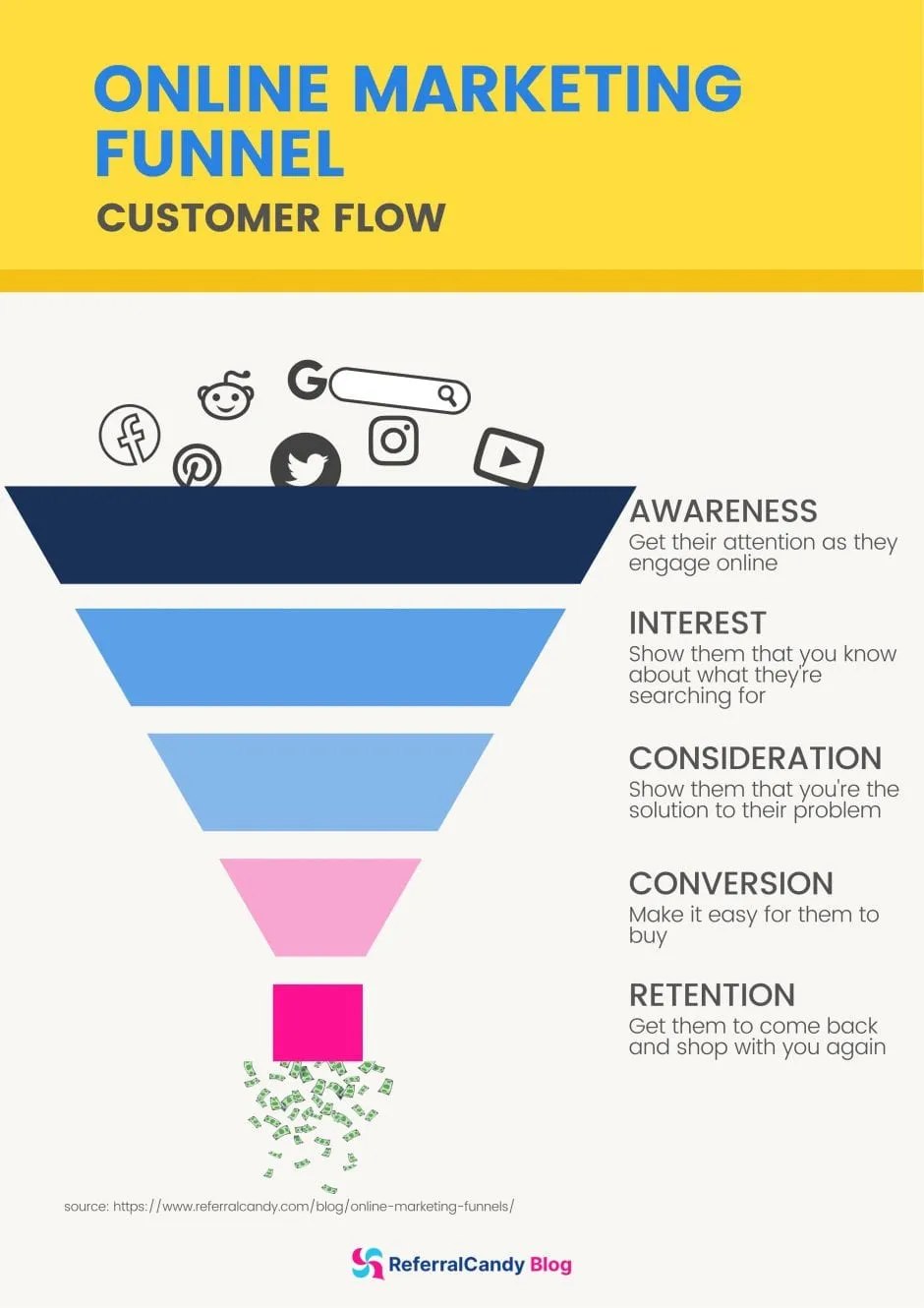
When you need to blow your nose, you might reach for a Kleenex, right? Even if what you really want is a tissue, getting a Kleenex has basically become synonymous with tissue.
When these brand associations happen, suddenly your brand becomes the "expert" on that product. When you have good brand awareness, you increase those product associations and have a better chance of becoming that trusted "gold standard" for the product.
You know how when you're in the supermarket and you see what's basically the exact same product on the shelf right next to each other, except one's more expensive? Why would anyone choose the more expensive version of the exact same product?
Because of the brand name value.
For example, you're looking at a can of black beans in Safeway and there are the generic, "black beans" can for $0.99, then there's "BUSH'S BEST Black Beans" for $1.75. Though they’re essentially the same exact thing, people will still buy BUSH'S BEST because they know and prefer that brand.
Not only that, but a high brand name value can also:
So basically, brand awareness is kind of a big deal.
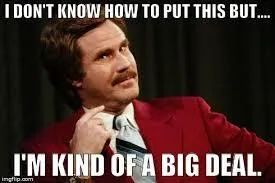
At this point, you know why the majority of marketers are so hell-bent on brand awareness and why brand awareness is important for your business's marketing strategy. You may also have an idea of how this whole magical brand awareness thing works, but let me break it down for you a bit more in case it still feels like something only big companies need to think about it.
With every new company, brand awareness starts small. You need to establish a consistent, likable brand persona for audiences to understand what you're about and what you'll provide them.
Then you start introducing yourself – establishing a presence for your brand.
Once people start consuming or buying your products and services, you wow them with how epic you are and start to develop a good reputation.
You continue building brand awareness through word-of-mouth referrals, marketing campaigns, blog posts, social media, and other strategies (we'll get to that). You start to create more brand recognition so consumers keep your brand top of mind when they're considering a product or service you offer.
As this brand recognition grows and you develop a good reputation, your company will also grow.
So, step one?
If your business is just getting off the ground, you probably don't have much brand awareness aside from maybe your friends and family who you've told about your product (you have told them, right?). Either way, you need to start making a name for your brand and creating an audience.
There are a ton of different ways to start making your brand well-known, but here are a few tips to get you started.
Remember how you told your friends and family about your brand? (If you haven't, now's the time.) Well, now you're gonna want to tell pretty much EVERYONE YOU KNOW about your brand.
Why? Because people who already know you will be the easiest to reach and the most likely to share your brand with others. Of course, if you have a super niche product like clothing for bunnies and guinea pigs, maybe telling everyone you know won't be the most profitable, but it's still good practice to get your brand out there.
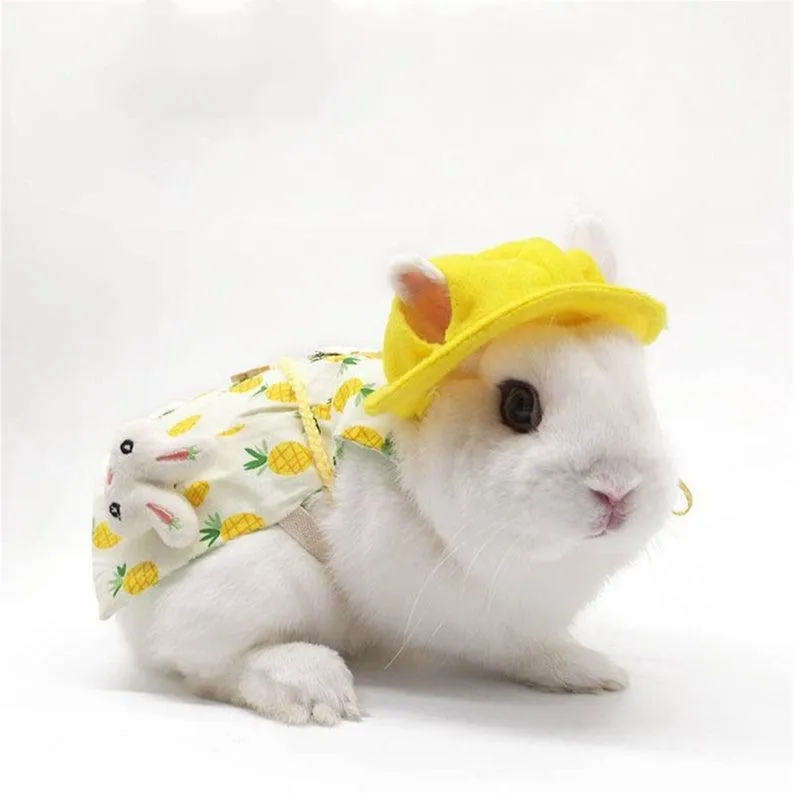
[And, TBH, even though I don't have a bunny, I'd still want to know about this sweet bunny costume if my friend were making them.]
Even if you do have a niche service or product such as minimalist women's swimwear like JADE Swim, telling everyone will still increase your brand awareness and likelihood that it'll reach your target audience. For example, your brother might not buy a minimalist women's swimsuit, but he might share it with people who would.
Creating content, whether that's social media content, video content, blog posts, photos, infographics, or podcasts is a prime way to start building your brand voice and getting your brand's name out there.
For example, the brand Girl CEO, a membership community for female entrepreneurs has both a podcast and a blog with interesting and valuable content for people to learn from and share.
This way, the brand is building brand awareness with their current customers and allowing folks to share the content and open the door to new customers to get to know the brand.
Have you created a social media profile for your brand yet? If not, no sweat. I get it – social media can be a lot. However, there's also a TON of potential there too. Like, a lot a lot.
When you do get onto the socials with your brand, consider tapping into some hashtags that your brand relates to. For example, did you know #rabbitclothes is a thing on Instagram??? If I were selling rabbit clothes, I'd be getting all over that hashtag.
We've mentioned that word-of-mouth marketing is an absolute gold mine for reaching new customers, right? People generally trust brands more when someone they know recommends them.
In terms of brand awareness, this is huge because the new referred customer will be more likely to hear you out and learn more about your brand. Kind of like if a friend tried to set you up on a date with someone they know, you're more likely to give that person a chance rather than the 47 others you swiped left to on Tinder.
Want to set up a referral program at lightning speed? Check out our guide for how to set one up.
This goes for just about any type of marketing, especially with brand awareness and even more so with smaller businesses. Consumers want to connect with and support other people. Less so brands.
Give your brand a story that customers can get behind and make a brand voice that they want to interact with. You want brand building to feel like you're just making new friends in a new place. It doesn't have to be some robotic, analytic science. Sure, there are plenty of best practices and numbers you can track, but remember: you're connecting with people and you want to aim for long-term relationships.
Awareness is not just about selling your products or services. It's about promoting your entire business.
If you've already got the building blocks for establishing brand awareness, it's time to step it up a notch and widen your net. Reach new audiences. Become an industry leader. All that fun stuff.
There are limitless amount of ideas for how to do this, but here are some tips to get you started. All of these can be fairly low effort and cost, but make a big difference to your brand awareness.
Search engines are all the rage these days and it's not surprising. According to SEMrush, 37.5% of all online traffic comes from search engines. That's a whole lot of traffic that you want to be tapping into with your brand.
And I don't just mean ranking specifically for your product or service. Sure, if you're a business that sells planners for women, you want to be ranking for that. But you also want to rank for other keywords your buyer persona might be searching for. For example, maybe you want to be creating content to rank for "setting goals" or "women empowerment."
Ideally, you want your target audience to Google something, have a page from your brand show up, and for them to click on it. However, even if they don't click through to your site, your brand has still shown up on their screen and potentially made an impression. You want both Google and your potential customers to start seeing you as a top player in your industry.
You can help make that happen with search engine optimization.
With an endless budget, it'd be easy to throw money at all the advertising avenues such as print, Google, Facebook, Twitter, billboards, etc. But that would take a lot of money and when you're starting out, you might not have all the cash in the world to throw at advertising.

But the good news: you don't need to waste all your precious cash on advertising for your brand to make it worth your while. If you're smart about it, a few well-placed ads can make a big difference. Think about the community you want to reach, and invest in a few branded ads that can get your name out to your target audience.
If you’re unsure where to get started, then start by understanding how to use remarketing in your ad strategy and how to calculate ROAS. That will help you develop laser focus on your ad strategy.
Working with other brands, influencers, organizations, or events is one way to increase brand awareness. Whether it's getting shout-outs from social media influencers or sponsoring an event and having banners up at the event, you're spreading your brand's reach.
Now, you can tap into new audiences from those communities and have your name in more places so there's a higher likelihood consumers will get to know and trust you.
If this sounds interesting to you, then do a little bit of research on influencer marketing to get started.
If I asked you to visualize the Apple logo, you could probably do that, right? That's because their brand logo is on practically every single thing they sell. If you have a product from Apple, you're gonna know it.

If you haven't already, consider creating a recognizable brand logo that you can put on your products and packaging so your customers can associate you with the logo. This is a great way to get customers to keep your brand in mind and makes it easier to remember.
So you know why brand awareness is important and generally how you can establish and increase your brand awareness, but how exactly do you track your progress? You'll need to measure it somehow, right?
You are completely right! But measuring brand awareness isn't the most straightforward thing.
There are two main categories you'll want to think about: Quantitative and qualitative. I'd break this down to something along the lines of numbers versus people.
Quantitative metrics are the numbers that give you some hard data you can actually track.
Here are a few examples of quantitative metrics to measure your brand-building strategy.
The qualitative measurements aren't quite as straightforward because they're more about the actual quality of the mentions rather than just the numbers alone. While these metrics won't give you direct answers, you can get an idea of the direction your brand is going.
Still need some ideas for how to mix this into your own marketing strategies? Here are three examples of different-sized brands growing their brand awareness.
Jayla Loren Apparel is a brand that's less than a year old, but has over 600 engaged followers on Instagram and started a brand ambassador program in January. This is a great example of using social proof and working with small-level social media influencers.
Most of the brand's influencers have between 1K and 5K followers but their collaboration posts generate hundreds of likes and comments spreading out their brand reach to each ambassador's network.
The brand also nails their interactions and tracking social media mentions with an Instagram highlight reel featuring all their customers who have posted about their Jayla Loren Apparel.
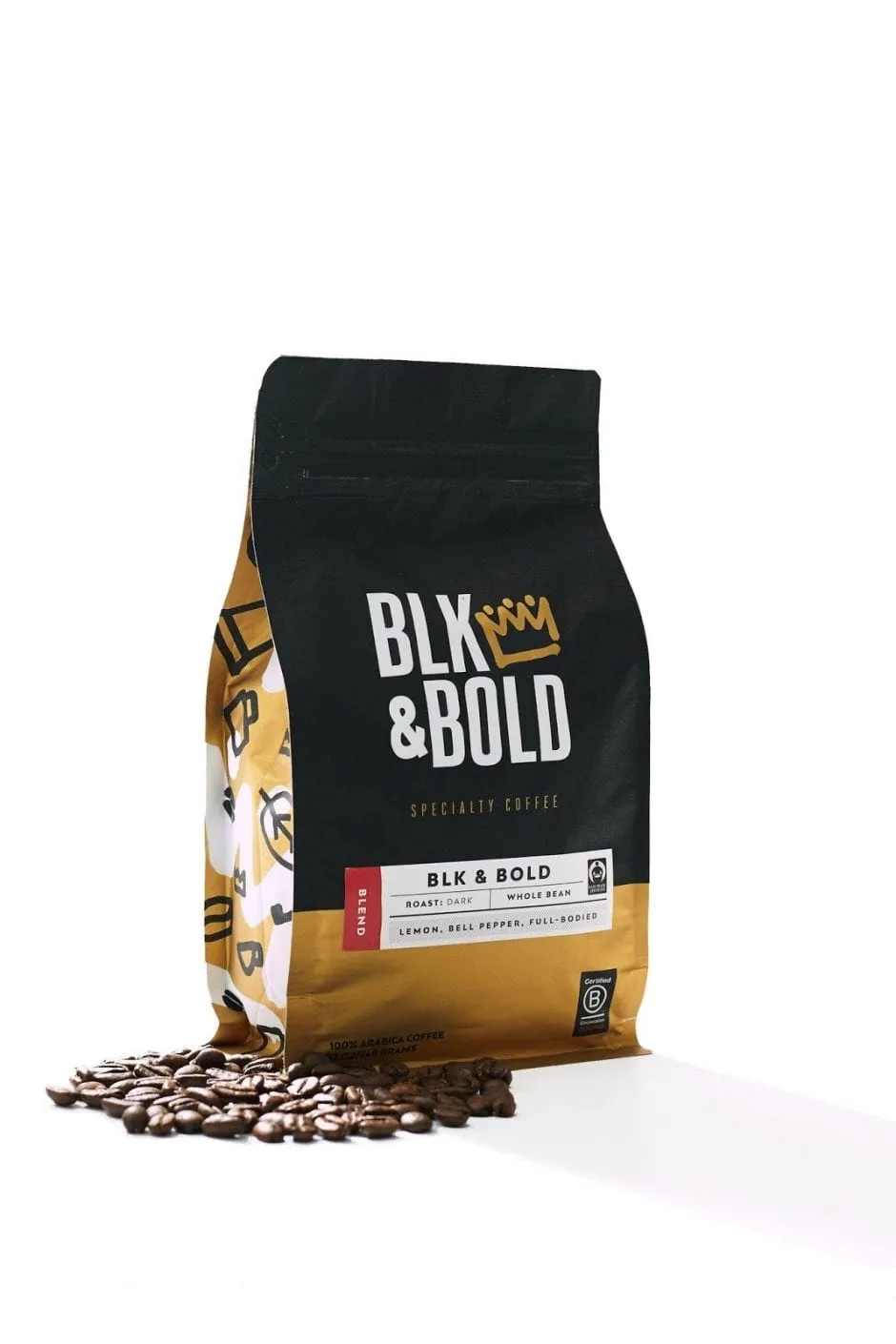
BLK & Bold has solidified its following and brand awareness with a clear and clean logo on all its products and throughout its online presence. It has also created specific merchandise touting the BLK & Bold brand to further get their logo in front of more eyes. The brand now has over 38K followers on Instagram and is continuing to harness attention from media platforms and through its own hashtag campaigns.
The BLK & Bold ran a campaign through February 2021 utilizing the hashtag #BeBold and partnering with folks who align with the brand's values to increase awareness.
Brooks running is well known for its running shoes ("Brooks shoes" has an average 153K monthly search volume on Google) and can measure a steady increase in brand awareness by growth in the number of people searching for Brooks.
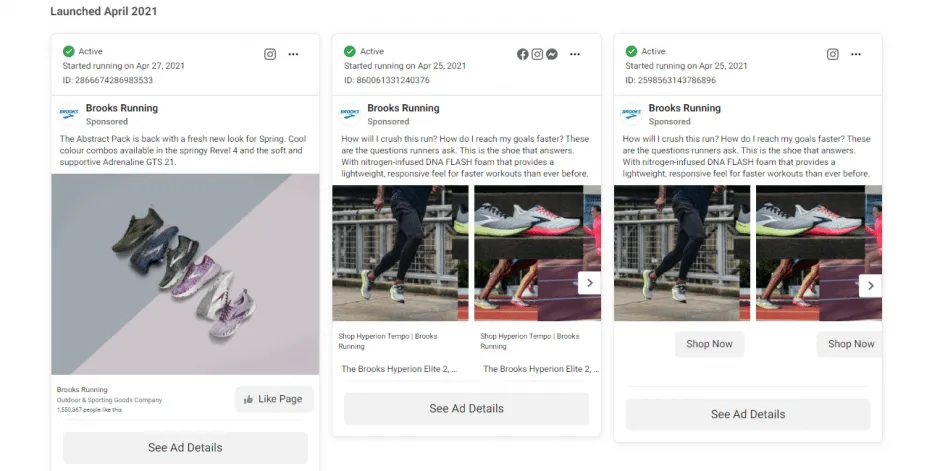
Since it already has a developed brand, they double down on its awareness through paid and organic search results to gain more impressions and clicks. The brand targets keywords specific to the brand such as "Brooks shoes" and "Brooks running", but it also pays for Google search ad space on keywords likes "walking shoes" and "best running shoes for men" to encourage consumers to associate Brooks with those topics.
Johanna Flashman is a freelance writer, content marketer, and SEO strategist with a passion for connection, advocacy, and outdoor adventure. She runs an inclusive online information hub for women freelancers in the outdoor industry called The Freelance Outdoorswoman. You can find her on LinkedIn, Twitter, at johannaflashman.com, or contact her directly at jayflash0@gmail.com.
Grow your sales at a ridiculously
lower CAC.